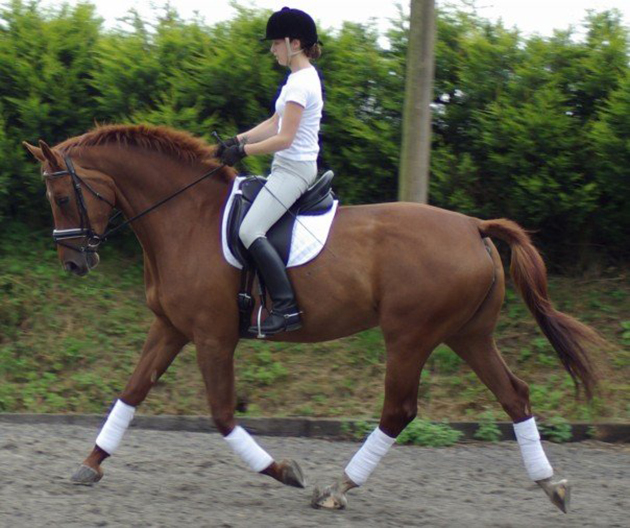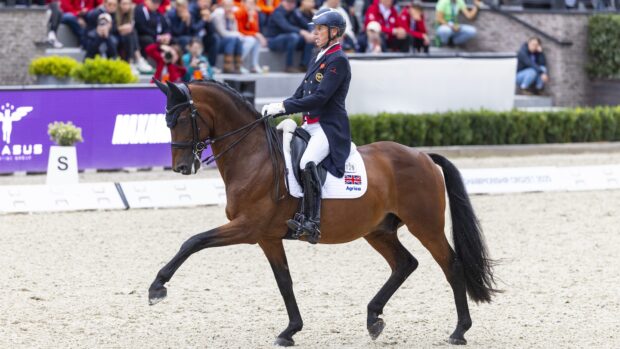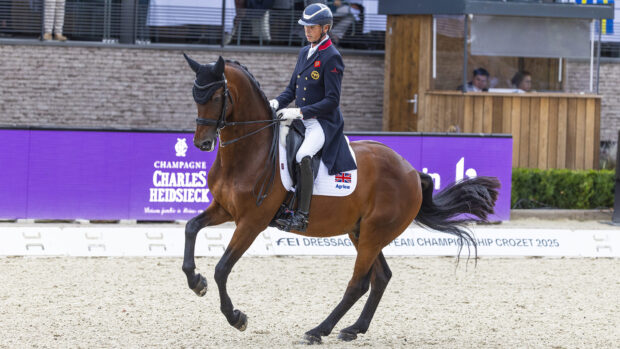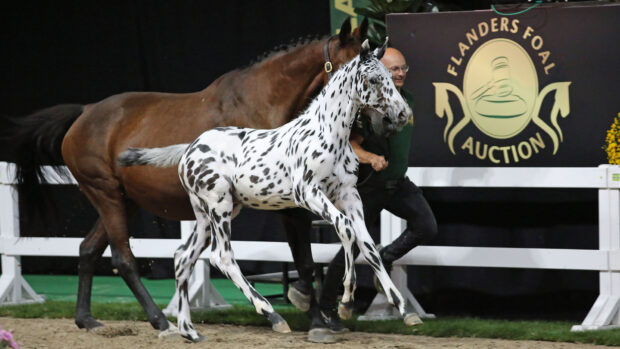From saddle pads to plaits, H&H's dressage editor shares some of her secrets for making the most out of your horse in the dressage arena
I’m going to start by stating the obvious here: dressage isn’t a fashion show, and judges aren’t blind. The best thing you can do is present a well-trained attractive horse to the best of your abilities. But given that a mark is awarded on the picture — and awarded subjectively — it’s up to us as competitors to make the overall picture look as harmonious and appealing as possible…
Throatlash
- Consider removing your horse’s throatlash when competing (pictured above) if your bridle allows. British Dressage have recently confirmed that a throatlash is optional for all national classes.
- I like to remove them to make horses’ necks look longer, as you have an uninterrupted expanse from the front of the saddle to the cheek piece, which can appear more harmonious.
- If you choose to keep the throatlash on, make sure it’s not too tight. If it gets wedged up into the jawline when the horse horse is on the bit, it affects the appearance of the qualify of the head/neck connection, which may prompt the judge to examine the contact more closely than you’d like them to.
- On the subject of bridles: make sure yours suits the horse’s face type. A thin noseband on a big, blocky head doesn’t look right, for example.
- I’m an advocate of the bling browband. Sometimes, just sometimes, it might be so sunny that the judge is bowled over by your blingy brilliance, and that can’t be bad. And they enhance a beautiful head — particularly the wave shape design. If worn slightly lower than a traditional browband, say an inch or two below the ears, they can break up and disguise a long head, too.
Saddle pads

- If your horse is long in the back, particularly behind the saddle, use a longer saddle pad. Even better, use a sheepskin half pad underneath the saddle, with a bit of the saddle pad sticking out behind that. It breaks up the line of the horse’s back and helps to cover up a weak horse or one that is long in the loin.
- If the half pad affects the fit of your saddle adversely, try a gel half pad with sheepskin around the edge for minimum interference.
- A saddlepad that’s too small for the overall picture (pictured above), will not enhance the horse’s appearance.
- Consider the placement of the saddle pad. If the horse’s neck is short, make sure there is not much pad showing in front of the saddle. That way, more shoulder will be on show, and it will appear bigger, adding to the illusion of a longer neck.
Like this? You might also enjoy reading these:
15 funky riding boots to satisfy your inner dressage diva
25 signs you’re an incurable dressage diva/divo
Plaits
- What do you want to achieve with your plaits? Plaiting is the best legal way to ‘cheat’ in dressage.
- Differing sizes, shapes or numbers of plaits can make a horse’ neck look totally different.
- Personally my preference is big, puffy dressage plaits that visually add to the topline. You can also build them higher at the poll to make the horse seem more uphill.
- You can also carefully divide them just in front of the saddle to disguise any weakness the horse may have in the topline connection where the neck runs into the withers.
- I don’t think it’s important whether there are an odd or an even number of plaits — judges will never count. But the overall impression of the horse can be greatly improved by clever plaiting.
Varnish
- Forget hoof oil: the arena surface sticks to it and it gets everywhere. Try using a clear hoof varnish. It’s a subtle effect but gives the hooves a healthy shine. It dries in seconds, so you don’t need to worry about it rubbing off on bandages, kit or the horse’s other leg and you can put it on before you leave home, while the horse is more inclined to stand still, rather than chasing him round the car park at the show with brush in-hand.
I’ll end by saying this: if you can’t or don’t want to follow any of the advice above, that’s entirely up to you! After all, dressage is supposed to be fun so just get out there and enjoy it.




